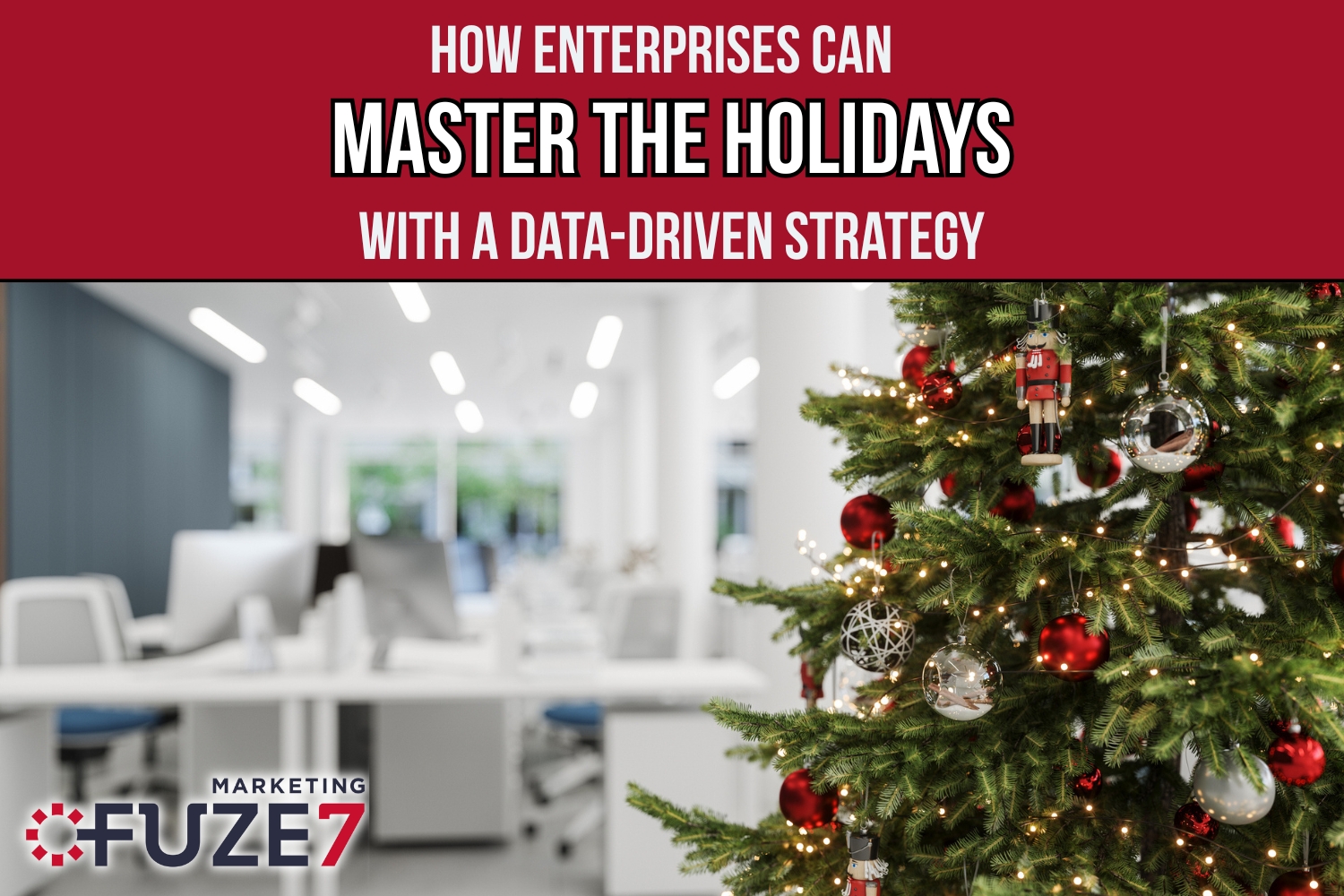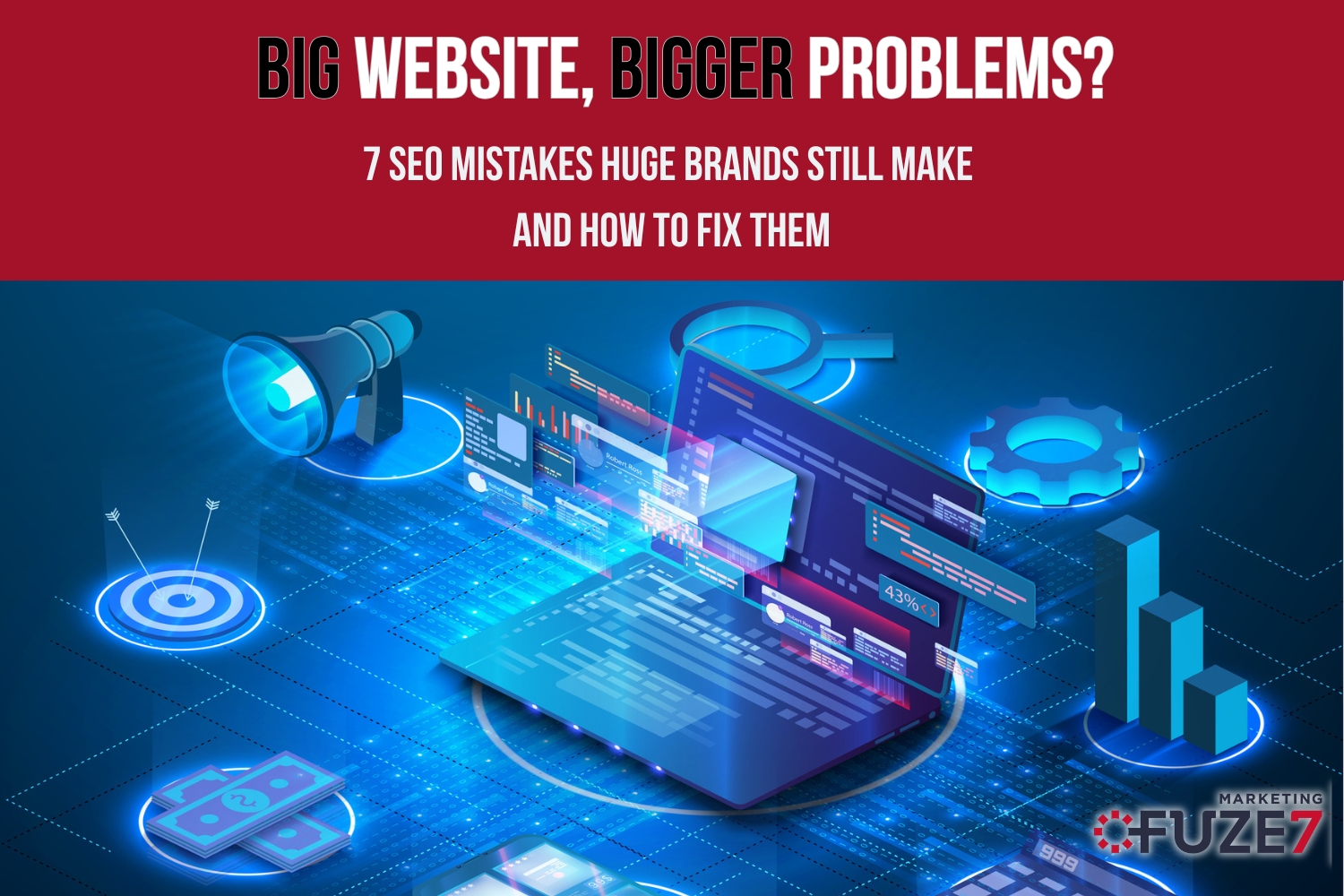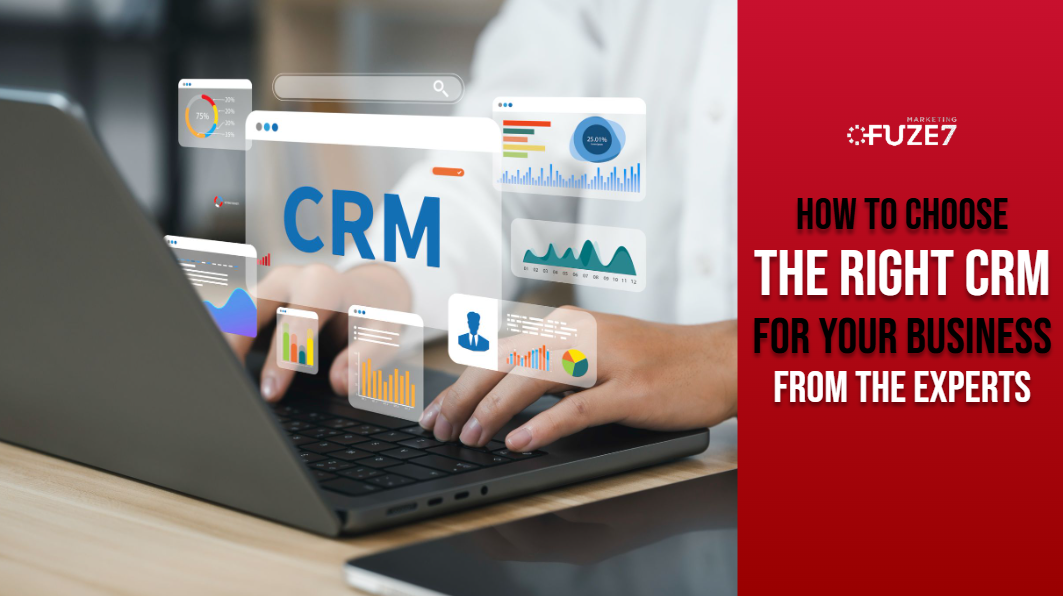Website content. Blog content. Social media content. Digital ad content. Newsletters, press releases, videos… The list goes on and on. Each bit of content has an intended audience; customers, prospects, investors, partners, employees, stakeholders, etc. Every communication, no matter the method of delivery, has a purpose, an objective, and a desired result—or at least it should!
The point is, you need to be producing content that meets specific objectives for specific audiences, and you need to be leveraging multiple channels to deliver each piece of content in the best possible way for each audience segment. Whew! You can see how content creation can quickly spin out of control, overwhelm a business owner or staff, be ineffective, and come to a screeching halt.
This is where content strategy comes into play. It brings order to the chaos, gives meaning and purpose to each piece of content you create, ensures consistent messaging and branding, and delivers better results. Having a strategy can also save you the trouble of creating meaningless content without purpose, which is really just a waste of time. Your business doesn’t need content for the sake of content.
Creating great content with purpose and maintaining a steady flow does not need to be complicated or overly burdensome. With a bit of planning, you can streamline the process, stretch your content, and get maximum impact. This is the positive effect of content strategy.
So, where do you start?
Developing an effective content strategy comes down to planning, scheduling, and getting the most out of every piece of content you create. But, before you whip out your handy content planner, we need to go back one step further. It’s great that you have a message to share or stories to tell, but what do you hope to accomplish by pushing your content out into the world? How will any given piece of content support your business or marketing objectives? These are the questions you need to answer before you begin.
As you are developing content, whether it is for a website, a blog, a news announcement, social media, or some other communication, you need a clear understanding of
- Your business development and marketing objectives
- The type of content that will support these objectives
- Your primary and secondary target audience
- The desired result
To put it simply: What’s the point? (We will come back to this.)
Next, you need to consider all the various methods and platforms you have available for delivering your content and what format is best suited to each. For example, let’s say you have a news announcement about a recently completed project or milestone in your business. Obviously, you want to get the word out to as many of your constituents as possible. Well, you could post a story on your website under “news” and you could include a story in your newsletter (ideally an excerpt with a link back to the full story on your website). You could also post the story to social media with links back to your website.
Voila, you have just leveraged one piece of content across multiple platforms to get maximum exposure. Sounds simple enough, right? It is, but there is an extra bit of pre-planning you want to consider before posting so you not only get maximum exposure but maximum results. This brings us back to our earlier question: What’s the point? There are two parts to the answer.
What’s the Point Part 1: Why does the content matter to your audience?
No matter how exciting a piece of news may be to you, you need to know why it matters to your audience and you need to make sure the news you share will connect with that why. Content that resonates with a strong why—personal, community, global, etc.—will always have a greater and more lasting impact.
What’s the Point Part 2): What is the purpose of sharing your content?
Exposure for exposure’s sake is not enough. Yes, you want repeated impressions to remain top of mind, but what good does it do if everyone remembers you, but never engages with you? And for the record, “likes” on social media do not equate to true engagement. So, as you are creating content and pushing it out into the world, ask yourself, what is the purpose? What objective are you hoping to achieve? Brand recognition, market position, website traffic, new customers, more sales, etc.
By now you should have a better idea of why having a content strategy is important. You have stories to tell, news to share, messages to get out—lots of content! Every piece of published content should be integral to your overall marketing objectives, business strategy, and brand identity; should resonate with your intended audience, and should have a clear objective. A well thought out content strategy brings all of this together and helps you leverage your content for maximum impact.
If you need help with your content strategy, coming up with great content that gets results, or managing your content publishing, we can help. Contact us today and let’s have a conversation about how we can help your business.







